Prefab Hospitals: A Game-Changer for Modern Healthcare Needs
The ever-evolving healthcare dynamics constantly demand modern and efficient solutions to keep up with the growing complexity and needs of patient care. Prefab medical infrastructures are the new alternative in creating resilient, future-ready healthcare environments prioritising a patient-first approach, including operational efficiency, and swiftly adapting to the evolving landscape.
Tata Steel Nest-In, a leader in prefab construction solutions, is at the forefront of providing prefabricated healthcare solutions designed to meet these demands in India.
Why Prefab for Modern Healthcare?
1. Rapid Deployment and Reduced Construction Time
The need for quick construction is paramount in healthcare, where delays can impact access to essential services. Traditional construction methods are often time-consuming, requiring extensive on-site work that may be hindered by environmental conditions, resource availability, or labour shortages.
Prefab healthcare construction, however, allows for off-site manufacturing of LGSF (Light Gauge Steel Frame) and modular healthcare buildings, which are then assembled on-site in a fraction of the time of traditional buildings.
2. Customisation and Flexibility in Healthcare Design
One of the most significant advantages of Nest-In prefabricated healthcare solutions is the ability to customise and adapt designs according to specific requirements. Every healthcare facility has unique needs, from operating theatres to specialised patient wards, each with different spatial and operational requirements. Modular hospital designs allow customisations, enabling healthcare providers to expand or modify facilities as demand grows or needs shift.
3. Comfort and Energy Efficiency Through Advanced Insulation
Nest-In prefab hospitals are designed to maintain comfortable environments through advanced insulation techniques, critical for both patient recovery and staff well-being. Efficient insulation contributes to energy savings, reducing the environmental impact of heating and cooling hospital facilities.
Additionally, energy-efficient designs in prefab healthcare buildings contribute to sustainability efforts, aligning with global standards for reducing energy consumption in healthcare.
4. Adaptability for Challenging Terrain and Remote Locations
Access to quality healthcare is a pressing concern in remote or unstable regions, where traditional construction can be logistically challenging. Prefab medical infrastructure offers an ideal solution, enabling the deployment of fully equipped, operational healthcare facilities in hard-to-reach areas.
With continued innovation, prefab hospitals are set to become a cornerstone of sustainable, accessible healthcare infrastructure, ready to meet the challenges of today and tomorrow.
Tata Steel Nest-In is not only leading this transformation but is also setting a new standard for prefab healthcare facilities, positioning itself as a leader in prefab for healthcare.
Posted in Nest-In on Oct 18, 2024.
Contact Us
Recent Post
Prefab Spaces Combine Strength with Modern Design
Prefab for Every Industry: Meeting the Safety and Durability Needs of Businesses
Fast, Safe, and Reliable: Prefab Is the Best Choice for High-Quality Infrastructure
Building Sustainable and Safe Infrastructure with Tata Steel Nest-In
Nest-In Prefab Construction Delivers Speed Without Compromising Quality
Category
- Nest-In 65
- HabiNest 62
- MobiNest 114
- Nestudio 28
- EzyNest 19
- Smart EzyNest 6
- ChargeNest 6
- Covid Offerings 4
- Brand 8







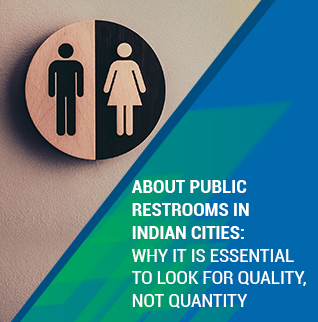


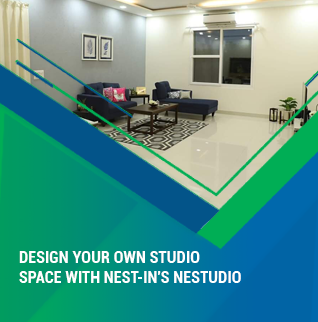







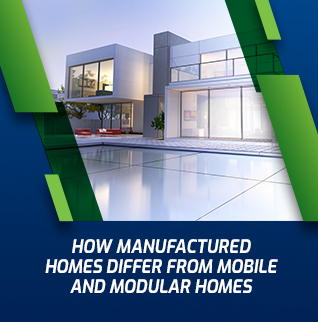






























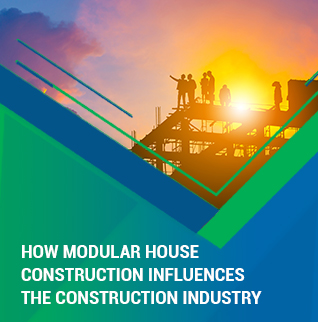
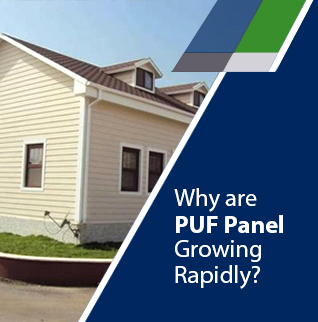






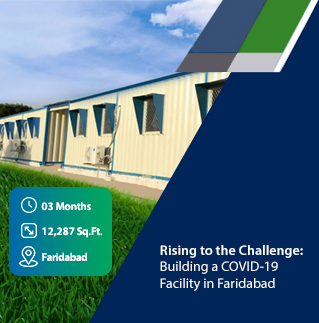






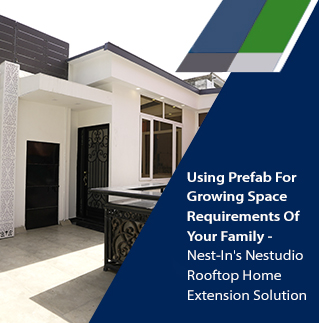




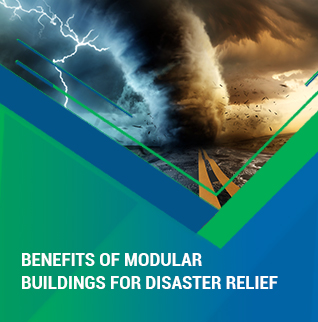
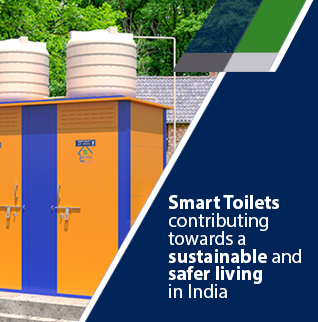






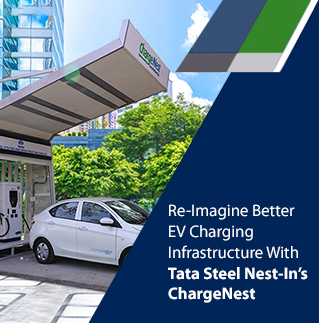





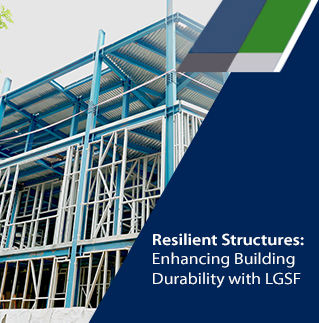

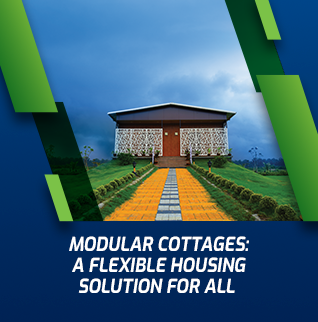











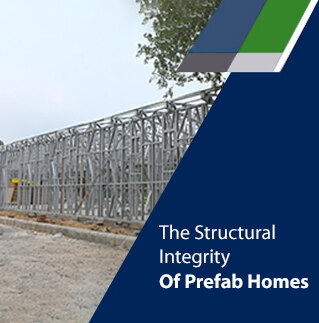















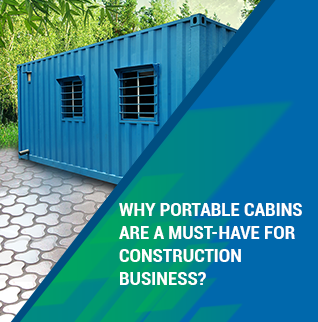

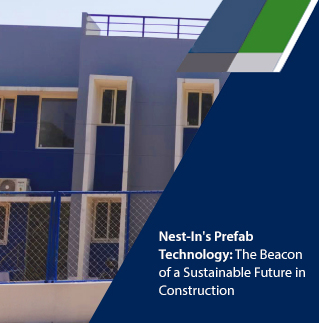






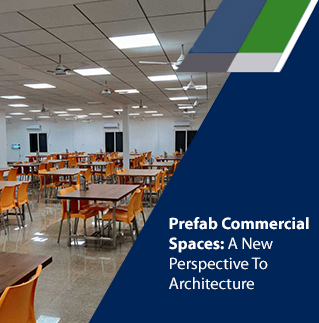
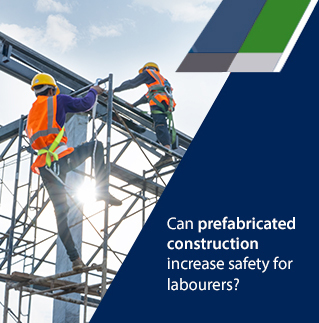
















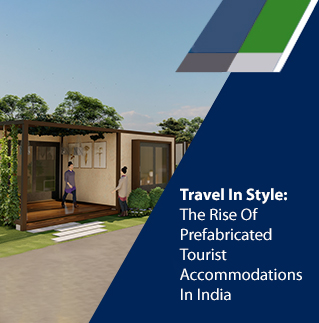


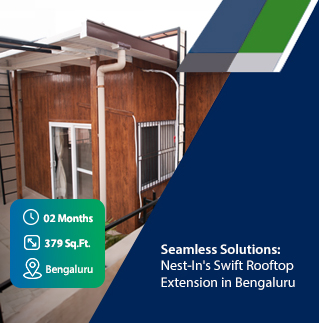



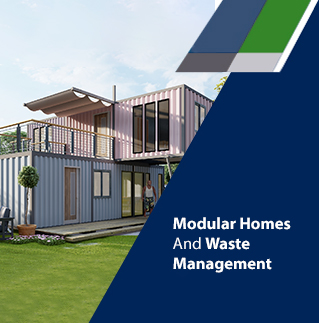













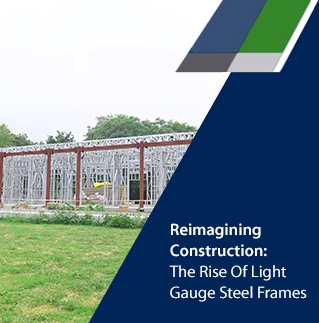















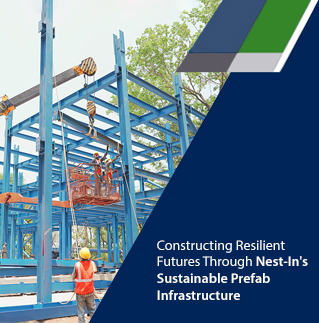


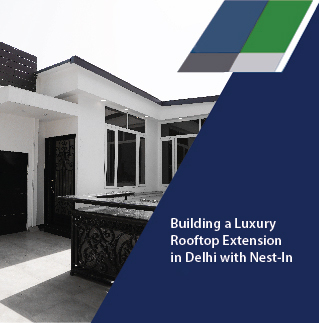







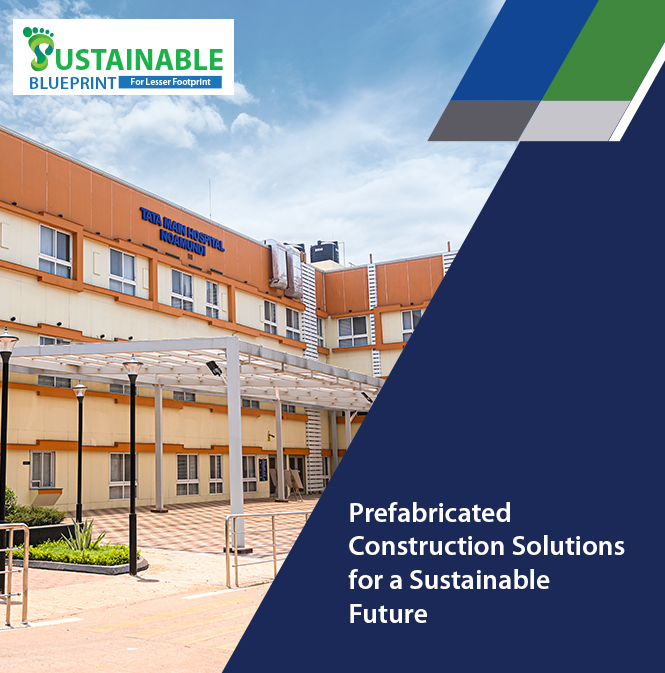





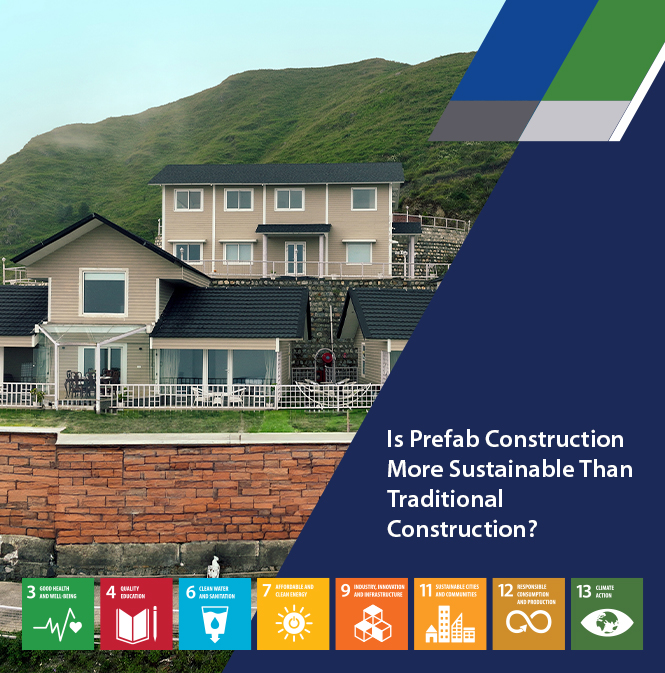


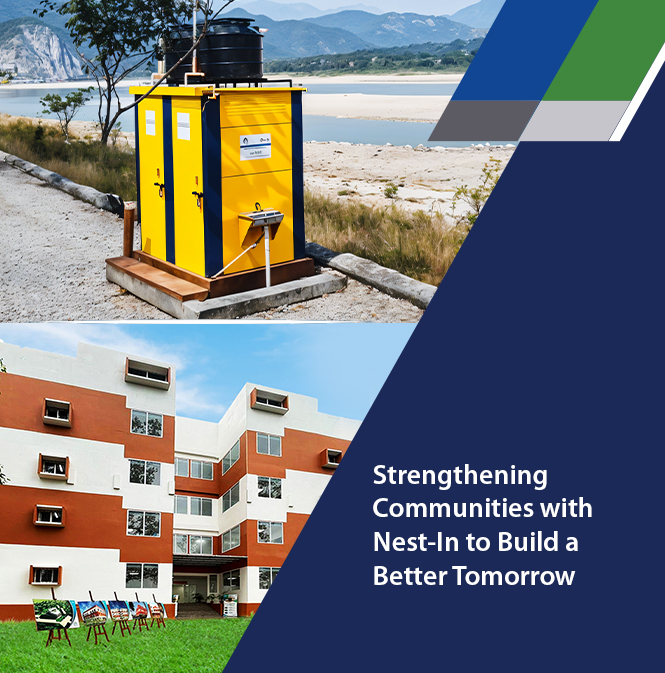

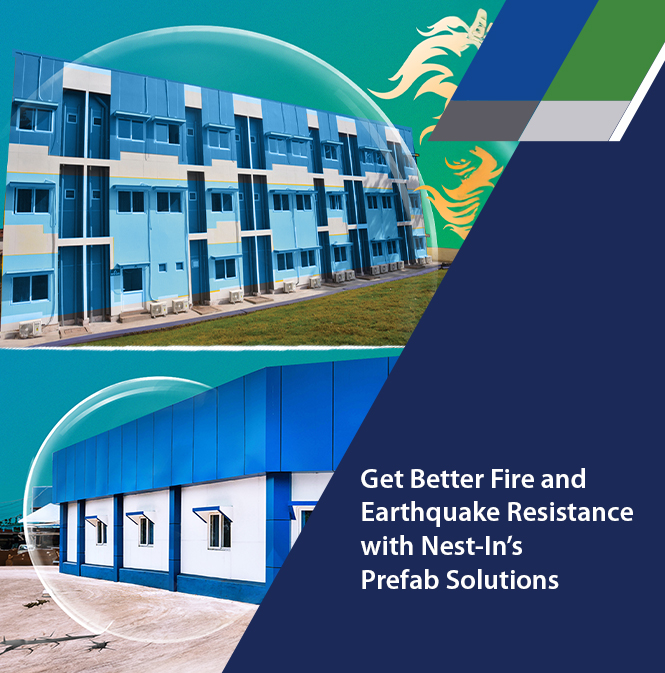
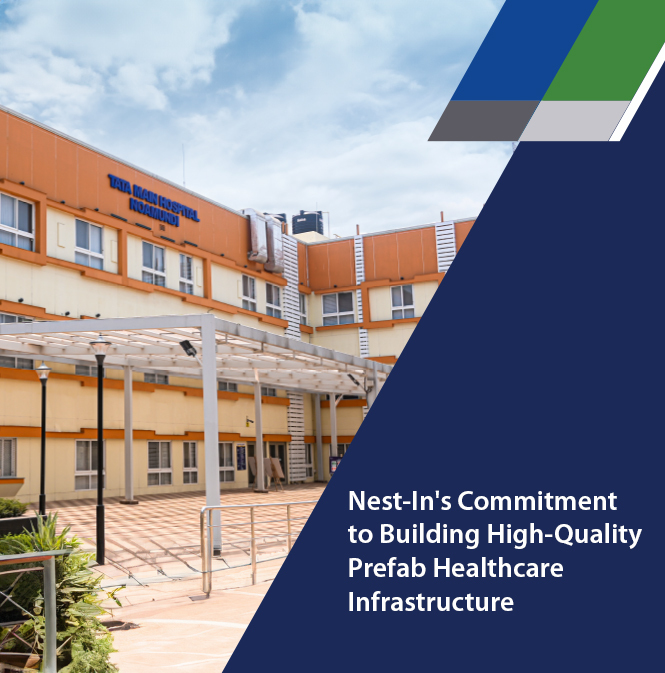






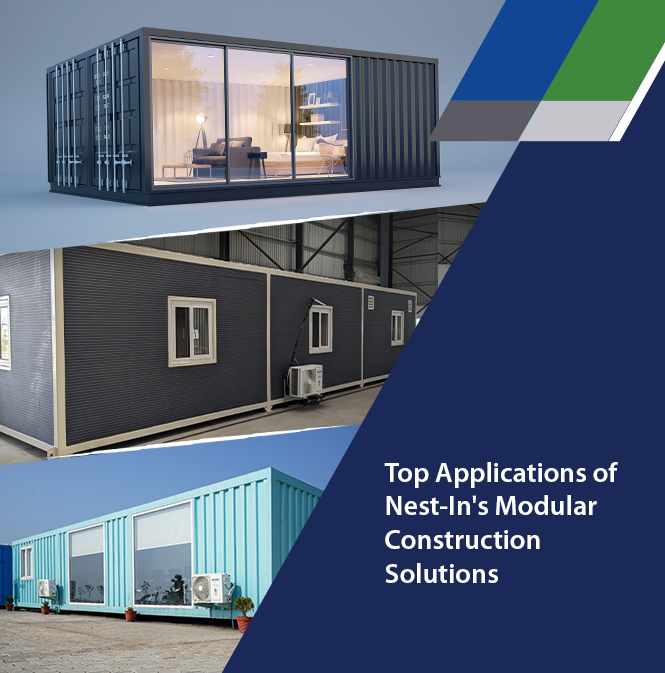


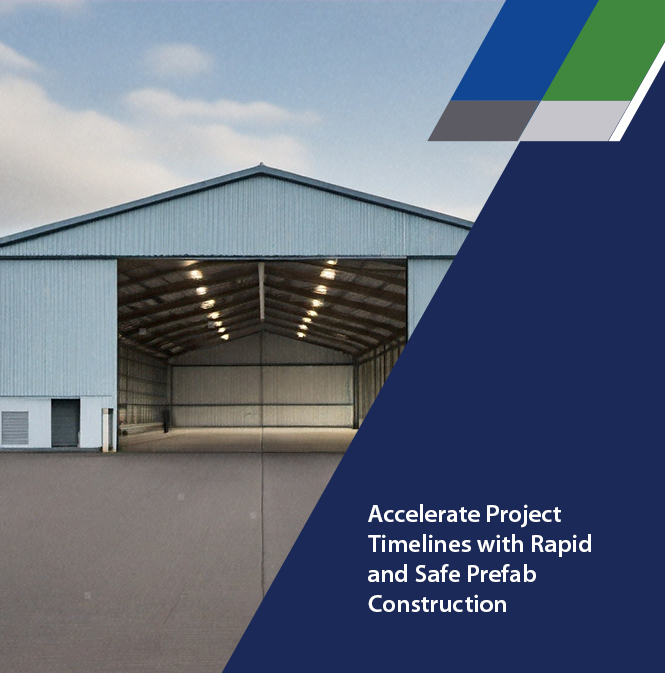



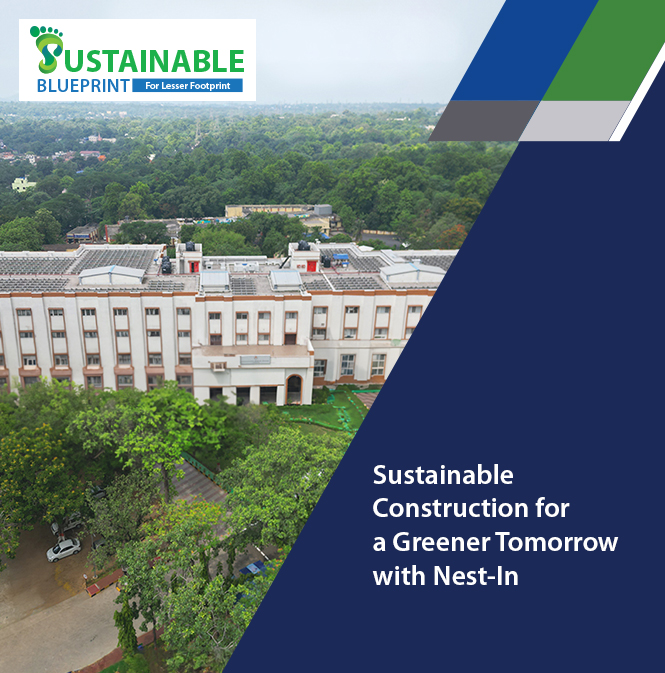
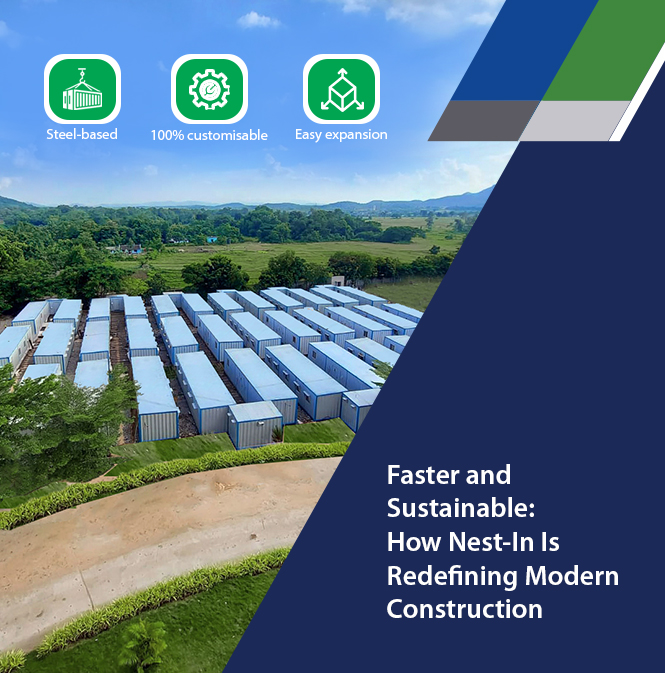





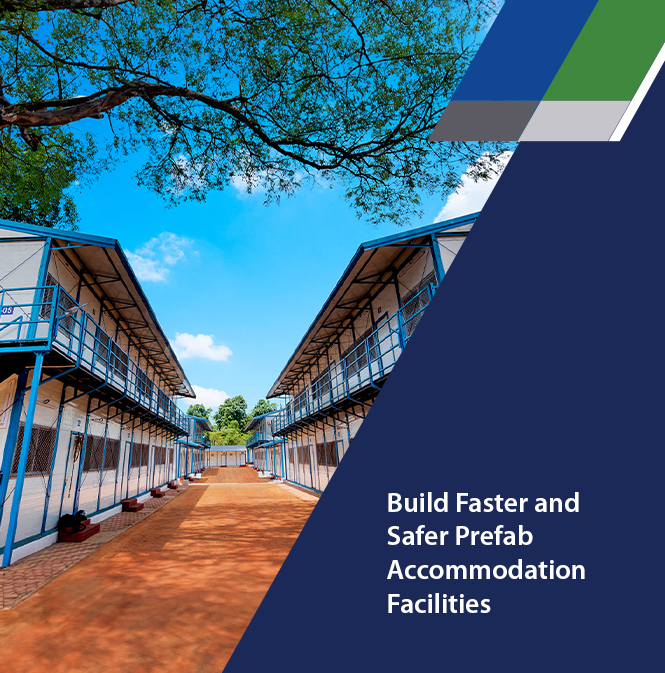

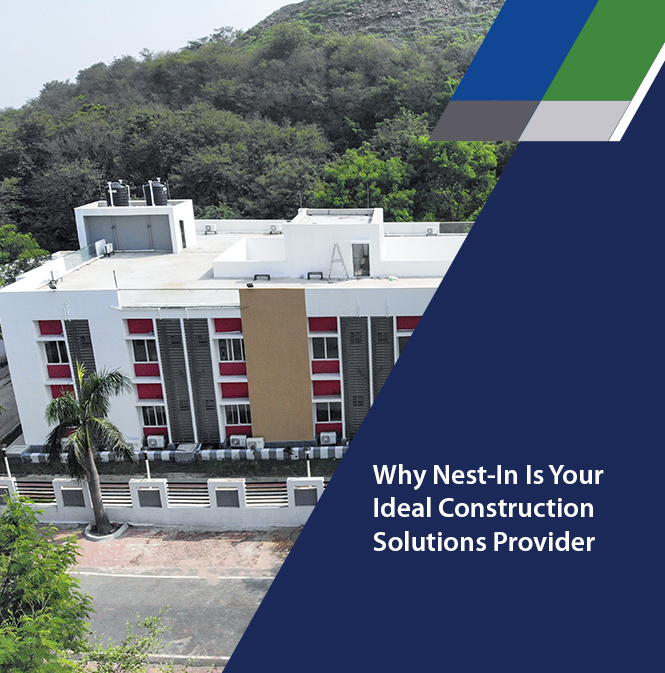
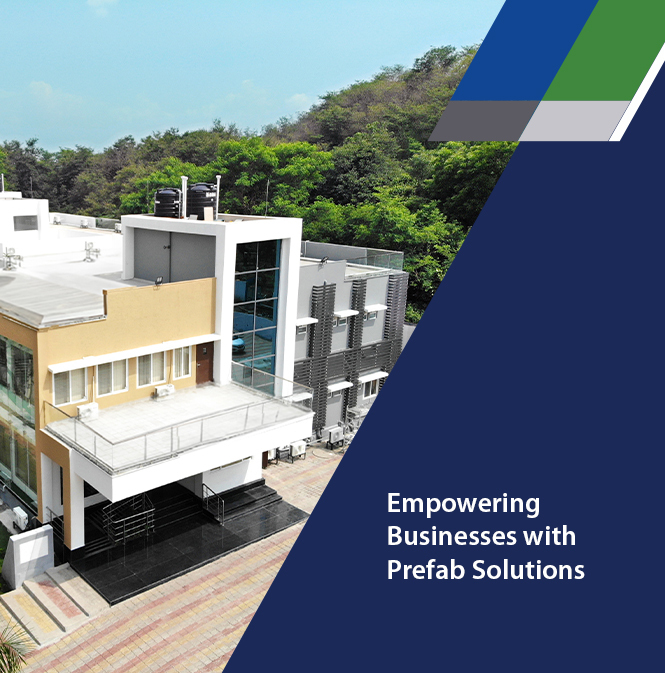
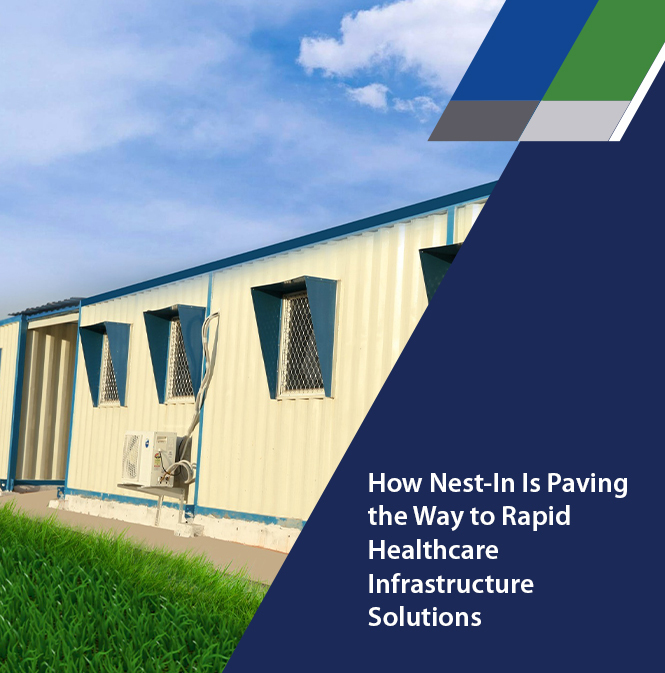

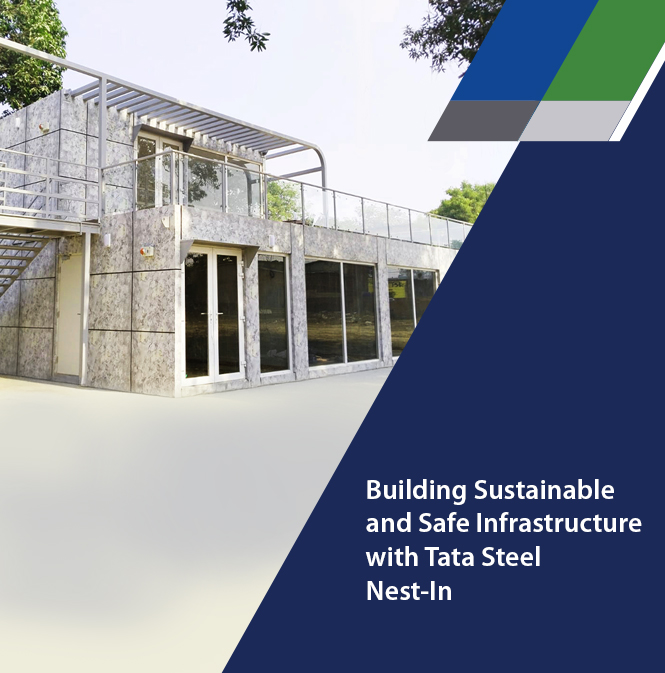
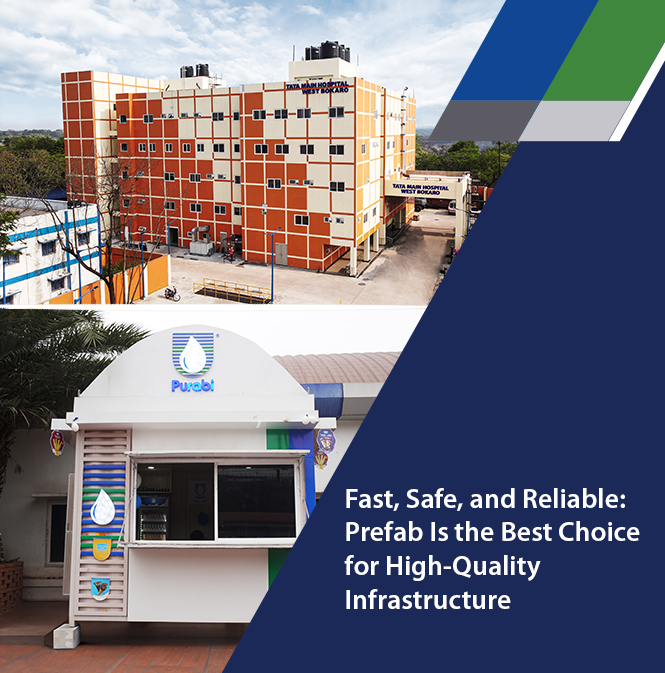





Add comment